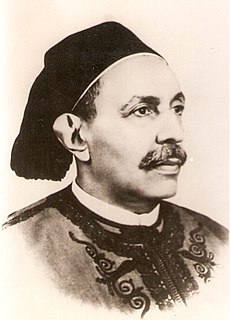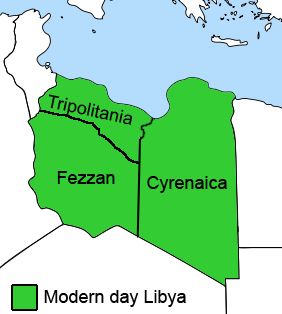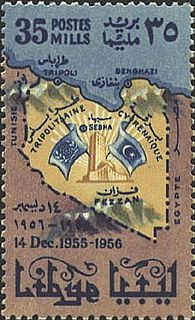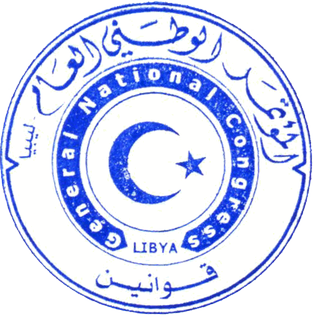 |
|---|
| This article is part of a series on the politics and government of Libya |
Legislature
|
Judiciary
|
|
Constitutional Assembly elections took place in Libya on 20 February 2014. [1] Nominations for elections to the constituent assembly started on 6 October 2013; [2] registration for candidates to the assembly was over as of 11 November 2013. [3] The assembly will be composed of 20 members each from Libya's three regions: Tripolitania, Cyrenaica and Fezzan. [2] The work of the committee is expected to last from March 2014 until July 2014. [4] The constitutional declaration submitted in August 2011 by the formerly ruling National Transitional Council indicated that Congress itself would appoint the commission; however the General National Congress (GNC) voted instead to hold an election for the selection of individuals to the constitutional commission. [5] The constitutional commission will draw up the constitution, which will then be up for vote in a referendum. [6] As of early January 2014, 1,001,910 voters had registered via SMS. [7]

Libya, officially the State of Libya, is a country in the Maghreb region in North Africa, bordered by the Mediterranean Sea to the north, Egypt to the east, Sudan to the southeast, Chad to the south, Niger to the southwest, Algeria to the west, and Tunisia to the northwest. The sovereign state is made of three historical regions: Tripolitania, Fezzan and Cyrenaica. With an area of almost 1.8 million square kilometres (700,000 sq mi), Libya is the fourth largest country in Africa, and is the 16th largest country in the world. Libya has the 10th-largest proven oil reserves of any country in the world. The largest city and capital, Tripoli, is located in western Libya and contains over one million of Libya's six million people. The second-largest city is Benghazi, which is located in eastern Libya.

Tripolitania is a historic region and former province of Libya.

Cyrenaica is the eastern coastal region of Libya. Also known as Pentapolis in antiquity, it formed part of the Roman province of Crete and Cyrenaica, later divided into Libya Pentapolis and Libya Sicca. During the Islamic period, the area came to be known as Barqa, after the city of Barca.
Contents
The United Nations Support Mission in Libya has once again offered to support the electoral process, as they did with the GNC election that occurred in 2012. [8]

The United Nations Support Mission in Libya (UNSMIL) is a United Nations advanced mission in Libya, in the aftermath of the Libyan Civil War. UNSMIL is not a military mission, but a political one led by the Department of Political Affairs. It aims to help the National Transitional Council rebuild the State of Law and other institutions. Its mandate was last extended on 13 September 2018 to last until 15 September 2019.









